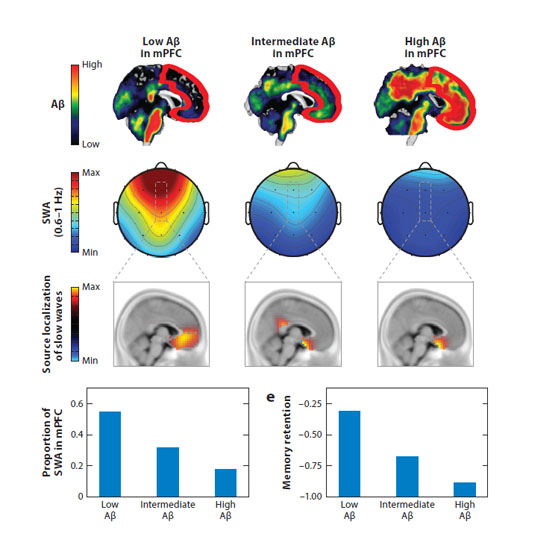What Happens with the Circuit in Alzheimer's Disease in Mice and Humans?
01-Jul-2018
Annual Review of Neuroscience, Vol. 41:277-297, https://doi.org/10.1146/annurev-neuro-080317-061725
Annual Review of Neuroscience, online article
A major mystery of many types of neurological and psychiatric disorders, such as Alzheimer's disease (AD), remains the underlying, disease-specific neuronal damage. Because of the strong interconnectivity of neurons in the brain, neuronal dysfunction necessarily disrupts neuronal circuits. In this article, we review evidence for the disruption of large-scale networks from imaging studies of humans and relate it to studies of cellular dysfunction in mouse models of AD. The emerging picture is that some forms of early network dysfunctions can be explained by excessively increased levels of neuronal activity. The notion of such neuronal hyperactivity receives strong support from in vivo and in vitro cellular imaging and electrophysiological recordings in the mouse, which provide mechanistic insights underlying the change in neuronal excitability. Overall, some key aspects of AD-related neuronal dysfunctions in humans and mice are strikingly similar and support the continuation of such a translational strategy.











